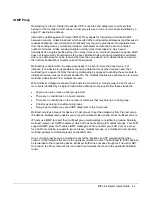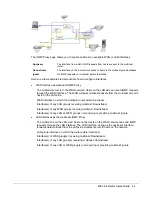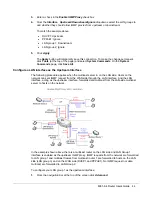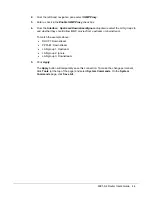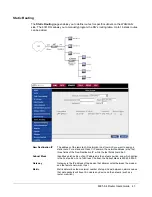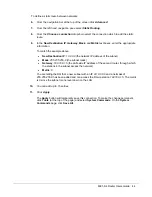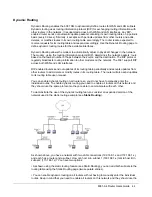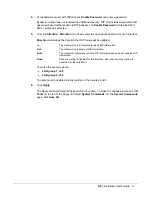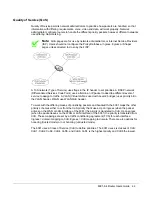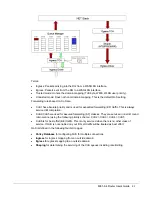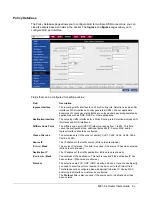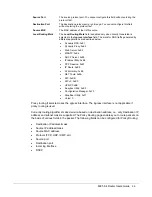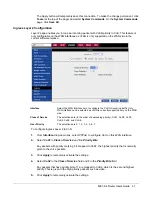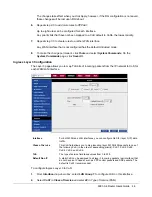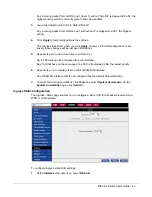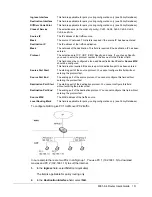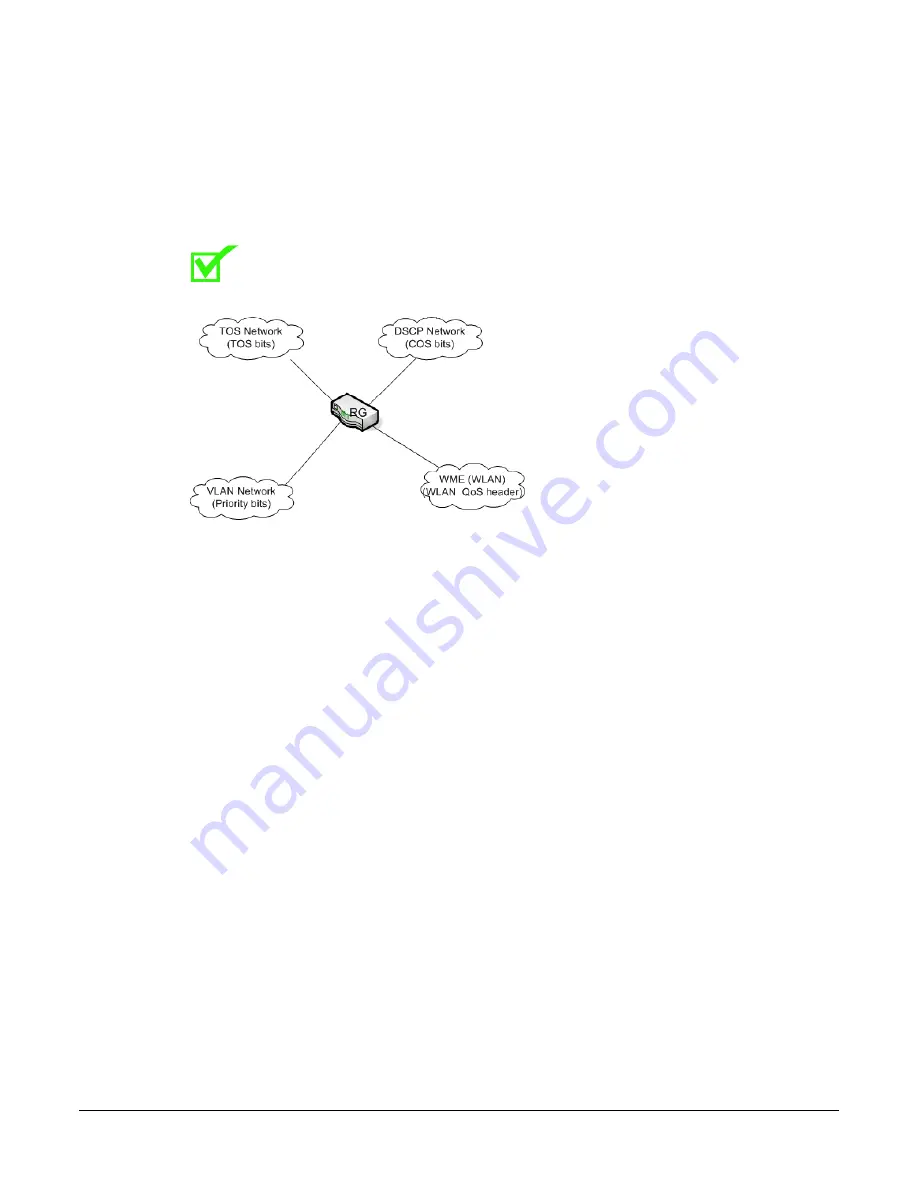
6381-A4 Router Users Guide
92
Quality of Service (QoS)
Quality of Service permits network administrators to prioritize how packets are handled, so that
information with differing requirements, voice, video and data, will work properly. Network
administrator configure routers to handle the different priority packets, however different networks
use differing QoS marking.
Note:
QoS pages are for use by network administrators or Internet Service Providers
(ISP). Users should not configure the Policy Database, Ingress, Egress or Shaper
pages unless directed to do so by their ISP.
A ToS network (Type of Service) uses flags in the IP header to set priorities. A DSCP network
(Differentiated Services Code Point) uses a field in an IP packet to describe different levels of
service to assign to traffic. A VLAN (Virtual LAN as used with Level 2 bridges) uses priority bit in
the VLAN header. WLAN use WLAN QoS header.
To work with the differing means of prioritizing packets and bandwidth, the 6381 maps the other
priority schemes either to or from the CoS priority that it uses. Upon ingress (when the packet
arrives on the WAN or LAN interface of the 6381) the priority is translated to CoS. Upon egress
(when the packet leaves on the WAN or LAN interface of the 6381) the priority is translated from
CoS. These mappings are set by a traffic conditioning agreement (TCA) for each interface:
Ingress = domain mapping to CoS, Egress = CoS mapping to domain. There are also options for
honoring (trusted mode) or not honoring (untrusted mode).
The 6381 uses a Class of Service (CoS) to define priorities. The 6381 uses six classes of CoS:
CoS1, CoS2, CoS3, CoS4, CoS5, and CoS6. CoS1 is the highest priority and CoS6 the lowest.





